Optimal Seasons for Foundation Repairs
Foundation repairs are most effectively performed under specific weather conditions that allow for proper curing and settling. Timing can significantly impact the durability and success of repair projects. Understanding seasonal patterns and soil conditions in Highland Park, IL, is essential for scheduling repairs at optimal times.
Spring offers moderate temperatures and increased moisture, which can facilitate certain foundation repair methods. However, excessive rain may delay projects.
Summers in Highland Park can be hot and dry, which is suitable for many repair procedures. Avoiding peak heat hours is recommended.
Fall provides cooler temperatures and less humidity, ideal for foundation work. Preparing before winter is crucial for long-term stability.
Winter is generally less suitable due to freezing temperatures and snow, which can hinder repair work and affect curing processes.

Spring's moisture and mild temperatures support effective foundation repair processes.
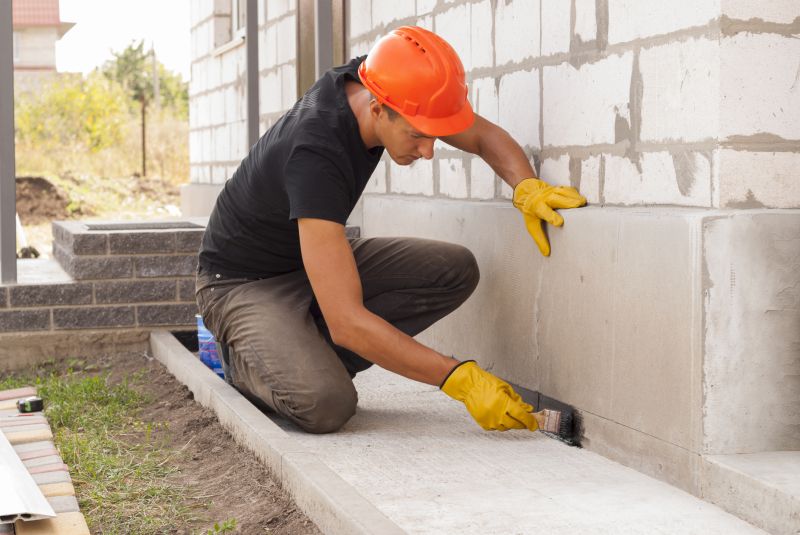
Summer's warm and dry conditions are favorable for many repair techniques.
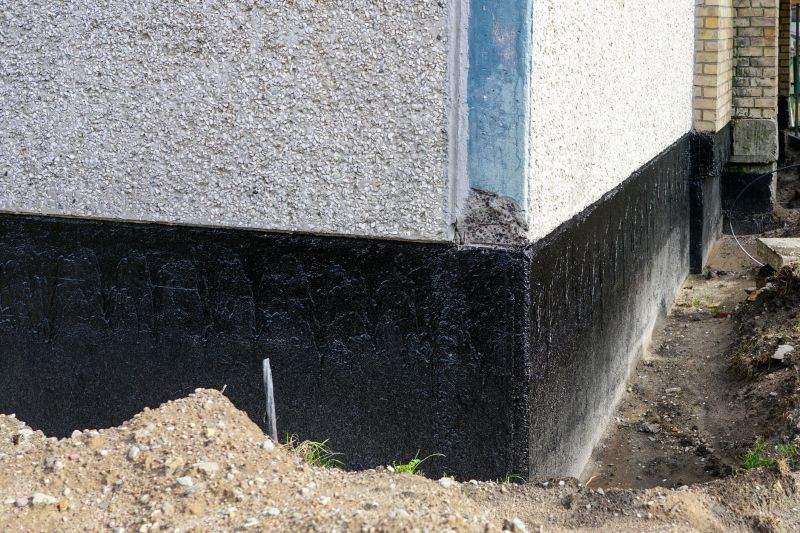
Cooler fall weather helps ensure proper curing and settling of repairs.

Ways to make Foundation Repairs work in tight or awkward layouts.

Popular materials for Foundation Repairs and why they hold up over time.

Simple add-ons that improve Foundation Repairs without blowing the budget.
| Season | Optimal Conditions |
|---|---|
| Spring | Moderate temperatures, increased moisture, potential for rain delays |
| Summer | Warm, dry weather suitable for many repair methods |
| Fall | Cooler temperatures, less humidity, ideal for curing |
| Winter | Freezing temperatures and snow hinder repairs |
Foundation repairs involve stabilizing and strengthening the structural base of a building. Common issues include settling, cracking, and shifting caused by soil movement, moisture fluctuations, and aging. Proper timing ensures that repairs are durable and effective. Soil conditions in Highland Park, IL, can vary, making seasonal timing crucial for optimal results. Statistics indicate that timely foundation repairs can prevent costly future damages and improve property stability.
Choosing the right season for foundation repairs can reduce complications and enhance the longevity of the work. Spring and fall are generally preferred due to favorable weather conditions, while summer can be suitable if precautions against heat are taken. Winter repairs are typically avoided unless necessary, as frozen ground and snow can compromise repair integrity.
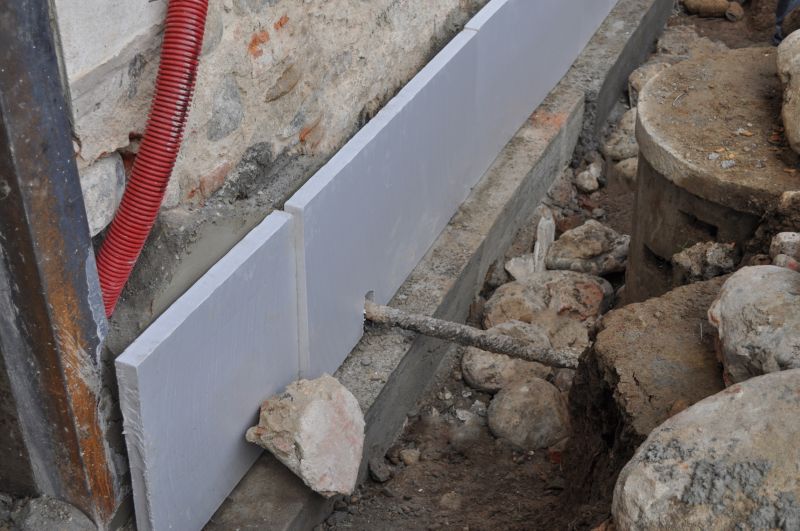
Proper timing enhances the effectiveness of underpinning and stabilization techniques.

Seasonal soil conditions influence the success of stabilization methods.
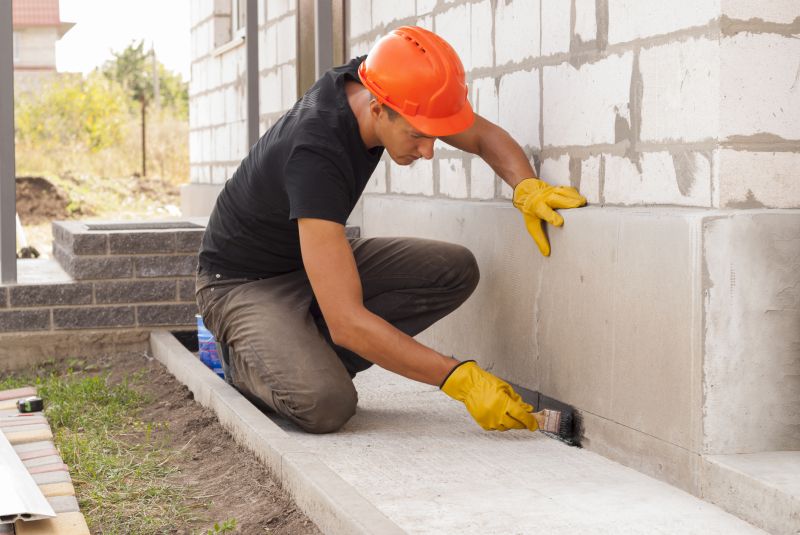
Timing reduces the risk of crack reappearance and future damages.
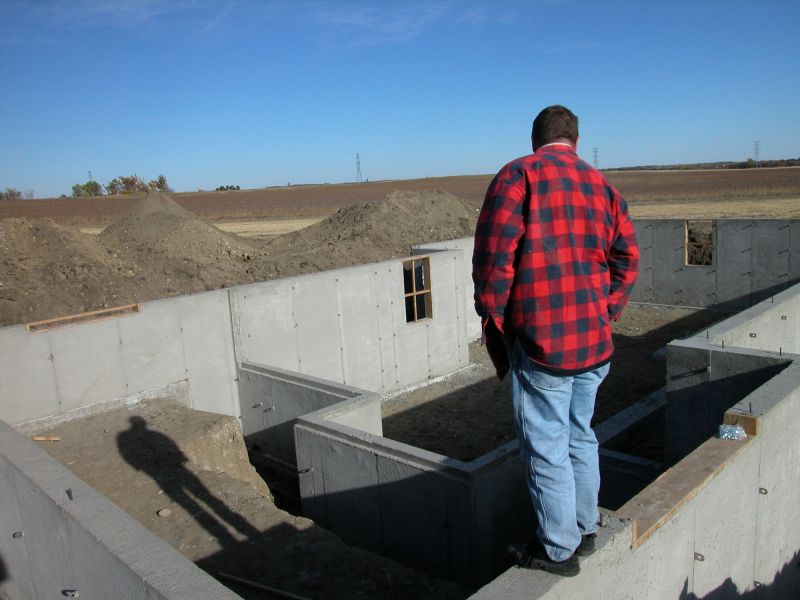
Regular inspections during optimal seasons help identify issues early.
Individuals interested in foundation repairs should consider seasonal factors to ensure the best possible outcome. Proper scheduling, combined with professional assessment, can lead to more effective and lasting repairs. Filling out the contact form can provide tailored advice and scheduling options based on specific property conditions.

